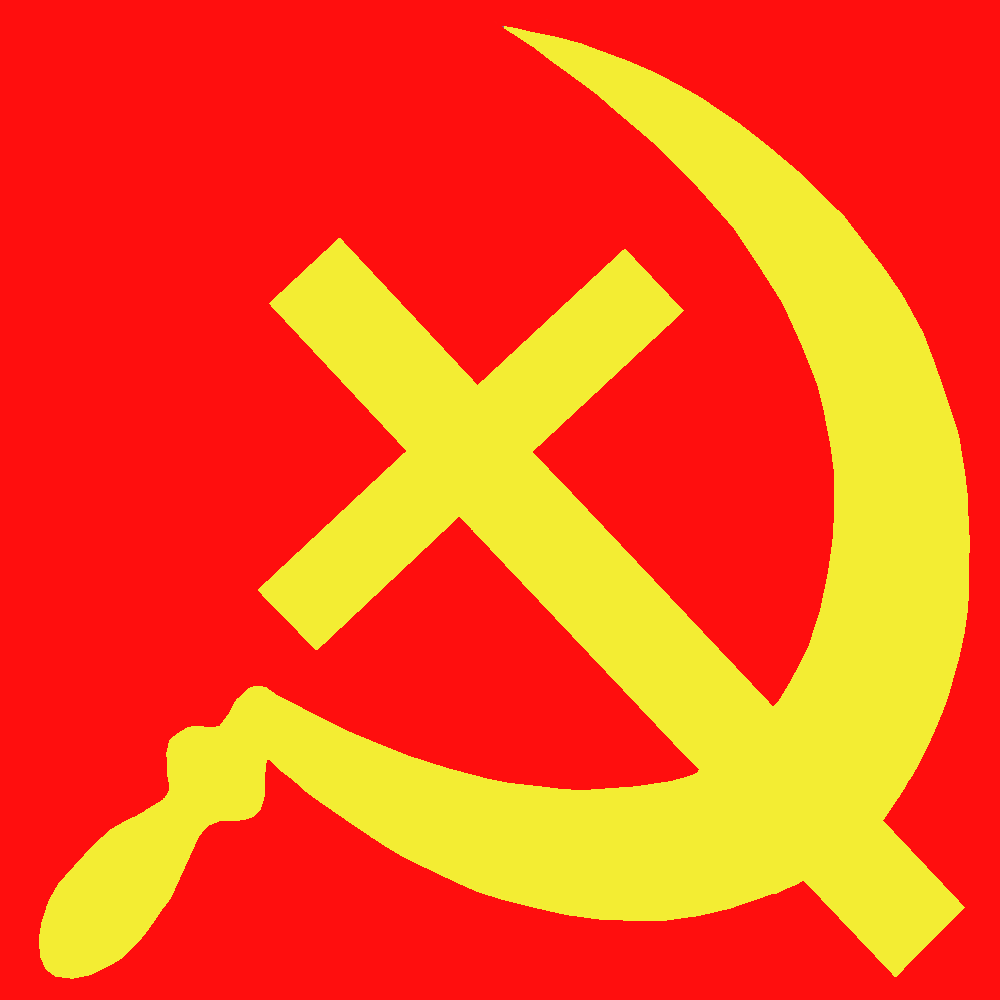Full Article in English for you anglo-saxon nerds that dont speak spanish
There is curiosity, admiration, and respect in their gazes. Two leaders, face to face. Fidel Castro, 89 years old and retired from public life, but always conscious of being a global icon. And Francis, the Pope of mercy, but also the new global leader, idolized by the masses around the world. The Pontiff who, in less than two years, changed the face of the Church, launched the Vatican Spring, and became an icon of hope for the “discarded.”
Two wise people, laden with the life experience that comes with years of living. Surely they both wanted to see each other, greet each other, and speak. Fidel would be eager to meet the Argentine Pope, the first Latin American Pope, the Pope who is exposing savage capitalism and who wants to inaugurate a new era for the “common home” based on mercy and Samaritan peace.
Bergoglio would also be eager to see Fidel, the icon, the commander, the supreme and steadfast leader, the leader for decades of the only communist country in the world that did not persecute the Catholic Church. The Fidel who studied with his Jesuit brothers in Havana. Perhaps that’s why the gifts exchanged were aimed at those coordinates.
Fidel gave the Pope a book by Dominican priest Frei Betto, entitled Fidel and Religion, a true classic, to explain the Cuban leader’s special religiosity, a kind of devout atheist. And the Pope reciprocated with books by Armando Llorente, the late Jesuit who was Fidel Castro’s teacher and mentor at the Colegio de Belén in Havana in the 1940s. His last encyclical, Laudato Si’, on integral ecology, was also included.
Two world-famous figures, one in its decline and the other in its heyday. Two icons of their respective revolutions. Fidel’s, an attempt at socialism based on equality with evident losses of freedom, in retreat. Francis’s, based on the equality of mercy, which could prevail in the ‘global village’.
Two men of drive and character. One left his mark on his homeland and even extended his influence, especially throughout Latin America. The other is reaching the hearts of the masses around the world with his actions and his discourse based on the “tenderness of God” and the denunciation of the injustices caused by an “inexigenous system.” Both, and logically each in their own way, fought for the dignity of the human person, for the discarded, for those abandoned in the face of life’s challenges, for the outcasts of humanity.
It was the long-awaited photo. It will be the photo, or one of the photos, of the Pope’s visit to Cuba that will endure in time and go down in history. Two fighters, face to face. Two men who chose to blaze a trail, taking the risk of making mistakes. Because, as Francis says, “I prefer a Church in ruins than at a standstill” or “I prefer to ask for forgiveness than permission.”
What they talked about was the least of it. They say it was the environment. What mattered were the glances and the innuendos. Who would have told the old comandante that he was going to greet a Pope from the same land as his beloved Che Guevara, who, if he were alive today, would be 87 years old and happy with his fellow countryman!
And perhaps the Pope thought, like many Latin Americans, that the “Cuban revolution,” despite its many flaws and errors, was an example of resilience and, in a certain sense, a preferential option for the people, for the most humble. In the style of Liberation Theology or the Theology of the People, which is what Francis always followed.
A photo that sums up, then, almost a century of Latin American history. With a comandante, who no longer wears the olive-green suit, but rather the blue tracksuit, branded Adidas, one of the great capitalist multinationals. And with a Pope, arrived from the end of the Argentine world, who has lit the flame of the revolution of mercy in the Church and in the world. Angel and devil, some will say. Two great leaders, others will say.

